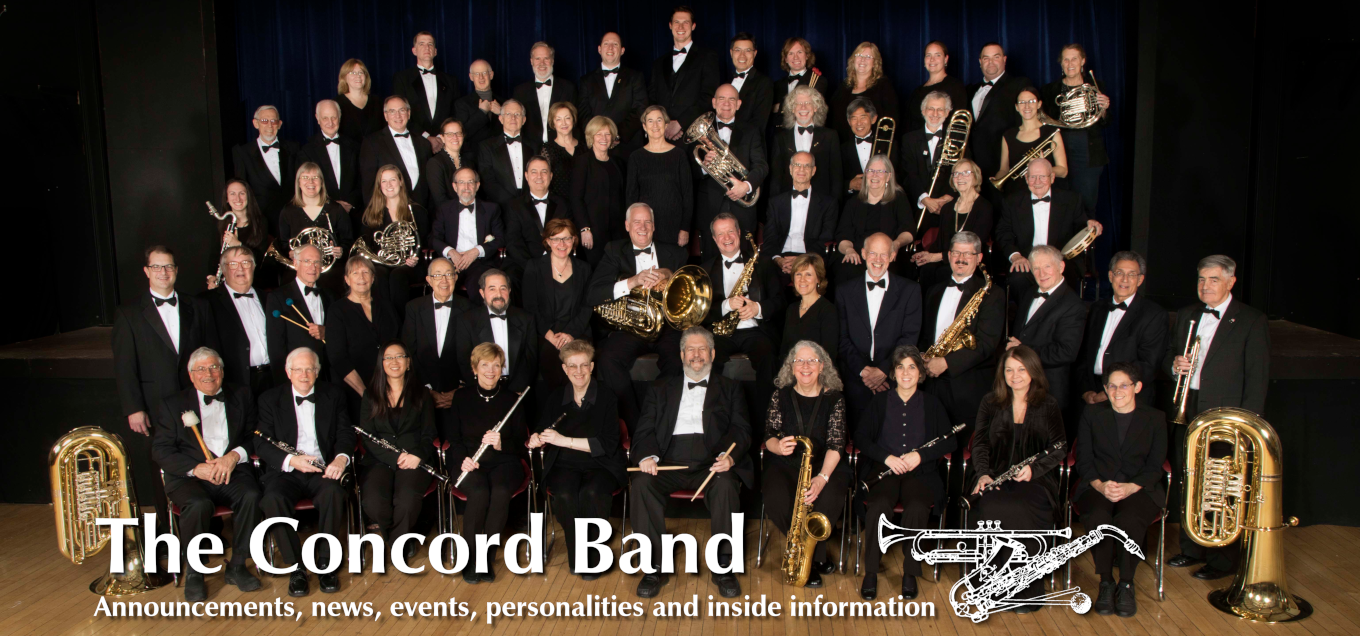 |
| castanet base |
 |
| wind machine |
When Neil Tischler, a consulting mechanical engineer, joined the Band percussion section in 1972, he and Dan discussed the need for a crash cymbal stand. Neil designed and built the stand that the Band still uses (photo, right). In the opinions of many percussionists, Neil’s design is more functional than the commercial products that finally became available 20 or so years ago. The principal drawback of the latter is that while several different players, located yards apart on the stage, may have to play the crash cymbals in the same piece of music, these stands do not have wheels. When the Band found it useful to acquire a commercial stand a few years ago so that one could remain at Fruitlands during the summer and one be kept at 51 Walden for rehearsals, Buck Grace, a Band percussionist since 1995, built a rolling base for the commercial stand.
While still on the subject of cymbals, but this time those referred to as “suspended,” we have two more Concord Band inventions. Neil Tischler, who plays drum set in the Band whenever it is called for, realized many years ago that it would be convenient to be able to stack two cymbals several inches apart on one stand (as long as the upper cymbal is much smaller in diameter than the lower, always the case when it is a “splash” cymbal). Being an accomplished machinist, about 20 years ago Neil fabricated an extension to the upper arm of a suspended cymbal stand by threading both ends of a steel rod: one end internally and one externally: The cymbal post extension was born.
 Dan Diamond prefers to hang a suspended
cymbal from a “crook” rather than
to put it on the post of a suspended cymbal
stand. This requires that a leather cymbal
strap—similar to the kind used for crash
cymbals—be attached to the cymbal. The
problem with this is that
it takes a few minutes to
untie and retie the special
knot that holds a cymbal
strap to a cymbal, meaning
that it becomes inconvenient
to quickly switch
a suspended cymbal from
“crook” use to “stand post” use. So Diamond
invented a quick-change strap that
goes on and comes off in seconds.
Dan Diamond prefers to hang a suspended
cymbal from a “crook” rather than
to put it on the post of a suspended cymbal
stand. This requires that a leather cymbal
strap—similar to the kind used for crash
cymbals—be attached to the cymbal. The
problem with this is that
it takes a few minutes to
untie and retie the special
knot that holds a cymbal
strap to a cymbal, meaning
that it becomes inconvenient
to quickly switch
a suspended cymbal from
“crook” use to “stand post” use. So Diamond
invented a quick-change strap that
goes on and comes off in seconds.
Dan Diamond is the senior member of the Concord Band, having joined the ensemble in January, 1970. He is a percussionist who began his lifelong love affair with the snare drum 63 years ago. His is also the founder/ editor of our newsletter, Notes from the Concord Band.




